Birding in Montana
On their journey west in April of 1805, Meriwether Lewis, William Clark, and the Corps of Discovery, entered what today is Montana and returned through the state again in 1806 on their journey homeward. While in Montana they recorded a number of bird discoveries in their field journals. As many as seventy different bird species were noted during their travels through the state. Many of the species found in Montana and described by Lewis and Clark were new to science. The Sage Grouse and Loggerhead Shrike for instance, were first noted in the vicinity of the Marias River, while Western Meadowlark and Long-billed Curlew were found near what today is Great Falls.
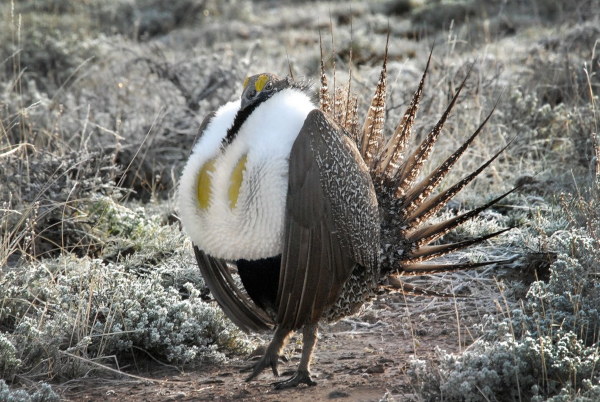
Southwest Montana Birding Trails showcase one National Wildlife Refuge, two National Historic Sites, four Wildlife Management Areas, two State Parks, five campground / recreation areas, and numerous tracts of Bureau of Land Management and National Forest lands. Each area represents a unique combination of habitats, offering a wide variety of bird species. These lands provide important staging and nesting areas for habitat dependent rarities.
Follow the Lewis and Clark trail through our varied habitats from valley wetlands, short grass prairies, and through large tracts of sagebrush, up winding riparian streams to expansive coniferous forests and alpine meadows and to the vistas of our mountain peaks.

Birding ethics: Please observe and enjoy birds from a distance. To avoid stressing birds or exposing them to danger, exercise restraint and caution during observation, photography, sound recording or filming. Keep well back from nest and nesting colonies, roost, display areas and important feeding sites. Stay on roads, trails and paths where they exist and respect private property. Keep habitat disturbance to a minimum. Practice common courtesy in contacts with other people. Your exemplary behavior will generate goodwill with birders and non-birders alike.
Southwest Montana Birding Trails
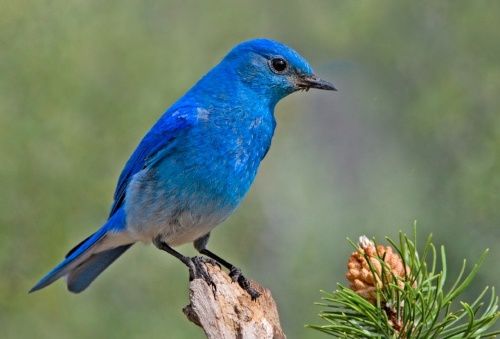

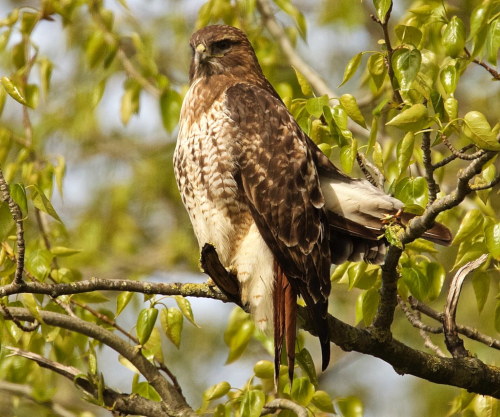
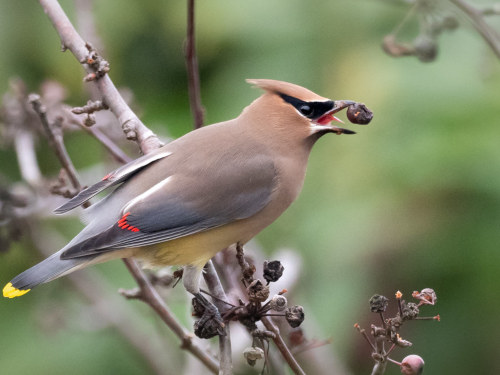





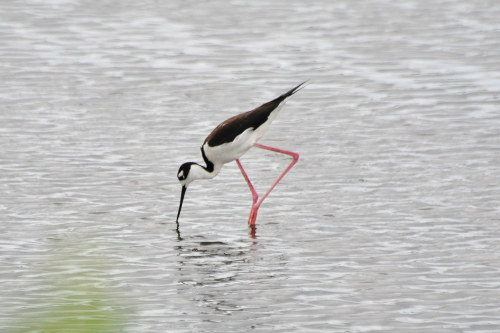

Stay at Whitehall's #1 hotel!